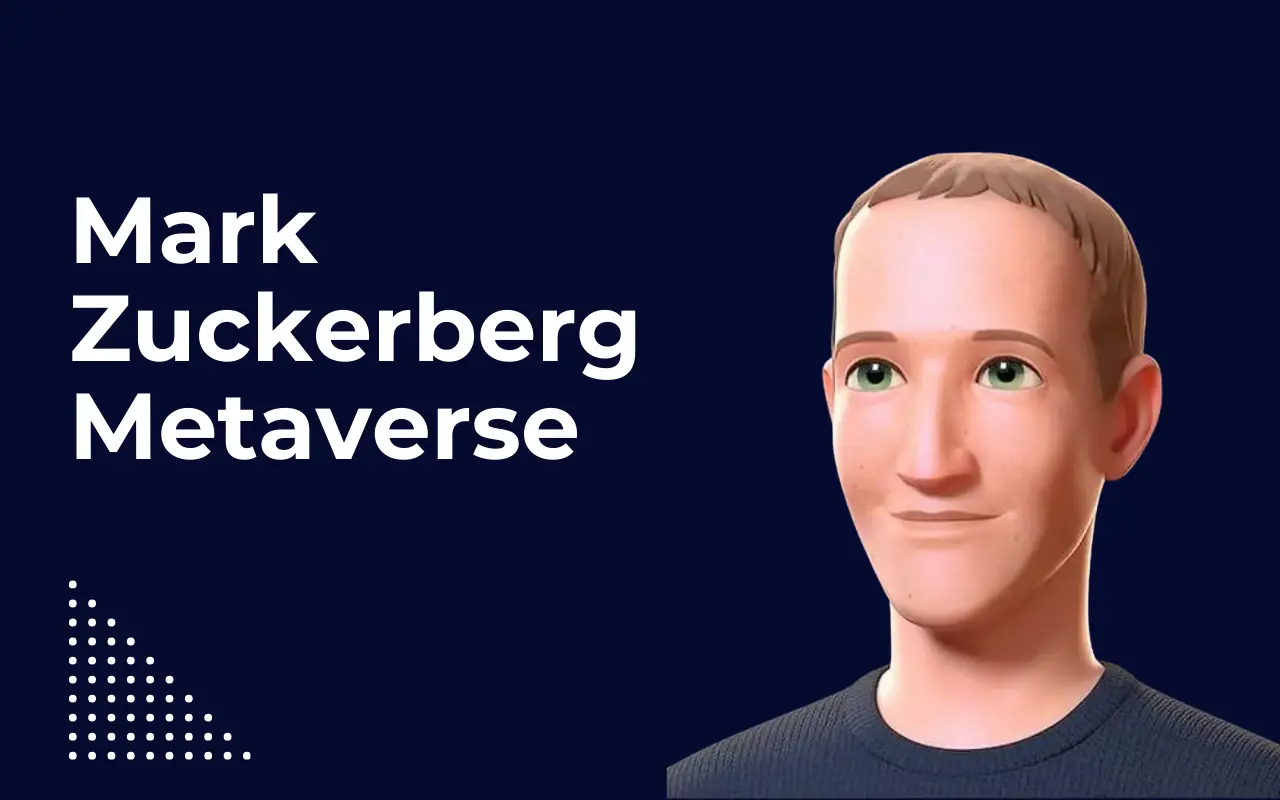The Kanye West Stem Player is much more than a music device; it’s a statement against how modern music has been controlled, distributed, and monetized up to this point. Instead of streaming your songs from a platform that owns the data, the Stem Player puts the power back into the listener’s hands. It allows fans to manipulate tracks, remix stems, and interact with music in a way that traditional streaming has never offered.
This device became widely known after Kanye West decided to release his album Donda 2 exclusively through it. In doing so, he took on Spotify, Apple Music, and the entire streaming economy. The Stem Player is a mix of technology, art, and independence; its impact goes far beyond being just another music gadget.
What Is the Kanye West Stem Player?

The Stem Player is an interactive, palm-sized music device that allows users to isolate and control individual song elements. Instead of pressing play or pause, you can adjust vocals, drums, bass, and melodies separately. This shifts the listener from being a passive consumer to an active creator.
It was designed in cooperation with Kano Computing, which until now was known for creating hardware that inspires creativity and learning. The whole idea was to create something simple enough for casual users and, at the same time, powerful for serious music lovers.
Key features include:
How the Stem Player Works
Stem Player’s technology is built on the premise of audio stem separation: Each song is broken down to its core components, with this device giving you control over every single one of them. Mute vocals, isolate drums, and adjust melodies at will without any additional software.
The interface is minimalistic; instead of screens and complicated menus, it uses touch and gestures. This makes it feel more like an instrument rather than a traditional music player.
Here’s how it works in practice:
Why Kanye West made the Stem Player
Kanye West has always been vocal about artists not owning their masters and being dependent on major record labels. That is a problem he solved with the Stem Player. In fact, by selling music through hardware, West created a new distribution model where an artist actually controls both the product and the revenue.
This move also allowed him to bypass traditional streaming services entirely. Instead of fractions of cents coming in per stream, he sold albums directly through physical devices. It made his approach both revolutionary and controversial.
His goals behind the Stem Player:
Kanye West Stem Player and Donda 2 Release
The biggest moment that came for the Stem Player was when Kanye West released Donda 2 exclusively on the device. That bold move meant that fans would have to buy the device to listen to the music. While there was criticism, this sparked serious conversations about music ownership.
The strategy paid off from a business point of view: it turned the album launch into that of a product. Instead of just selling streams, he was selling an entire ecosystem.
Here is how this release strategy changed things:
Technical Specifications of the Stem Player
Beyond the concept, the Stem Player also holds up well from a technical standpoint. It has been designed to be mobile, resilient, and user-friendly. The minimalistic design of the hardware is in line with Kanye’s aesthetic vision of simplicity and function.
These specifications make it more than a novelty product, more like a genuine piece of music technology.
Technical details include:
Impact on the Music Industry
The Kanye West Stem Player made the industry come face-to-face with an uncomfortable truth: artists were too heavily dependent on platforms that would take most of the value. Kanye opened the door on alternative distribution models by introducing a device-based music release.
While not every artist can replicate his influence or audience size, the concept has encouraged several independent musicians and tech startups to develop new ways in which music can be sold and controlled.
Its impact includes:
Criticism and Controversies
The Stem Player was not free from criticism. For many, this meant music was being locked behind a device, which was anti-consumer. Others claimed this was imposing unnecessary barriers for fans wanting to listen normally.
But these criticisms suggest an even deeper issue, too. Audiences have grown so accustomed to free or inexpensive streaming that they bristle at paying for ownership. Kanye used this device as a means of challenging that attitude head-on.
Some common criticisms included:
The Future of Music Devices Like the Stem Player
Love it or hate it, the Kanye West Stem Player has already made its mark. It’s a vision of the future where music isn’t just streamed, but it’s interacted with. And with technology continuing to change, that could mean more artists release music through some sort of exclusive platform, app, or device in the near future.
What Kanye did may not become the industry standard, but it has definitely opened the door for new possibilities in how music is created, sold, and experienced, showing innovation similar to entrepreneurial ventures like Steven Bartlett Business.
Future possibilities include:
Final Thoughts
The Kanye West Stem Player was more than just a gadget: it was an experiment in culture and technology, one that pushed the rules of the music business. It dissolved the distinction between listener and creator and challenged the rise of streaming platforms. Be it the start of a long-term trend or just a niche innovation, none can deny its role in the emerging conversations over music ownership, fan engagement, or creative control. It made them change how they valued music, and that alone makes it one of the most disruptive music tech products in the recent past.
FAQs

Posted By
Emma Hartley
I’m Emma Hartley!
Related Posts
Recommended
View All
Join Us
Quotes
— Greta Garbo






Leave a Reply